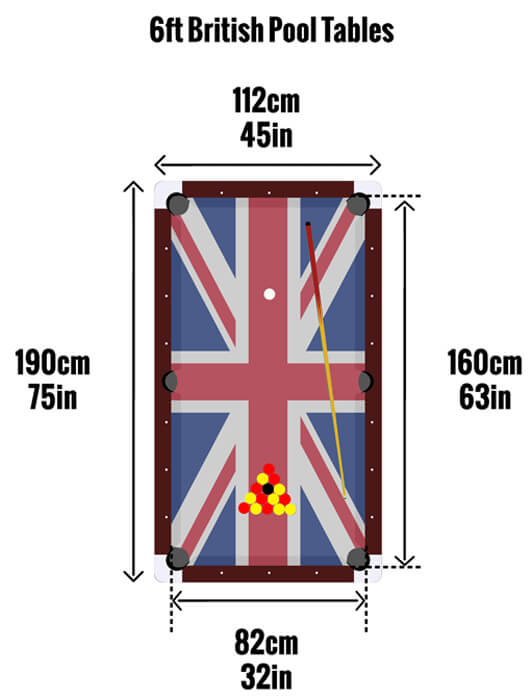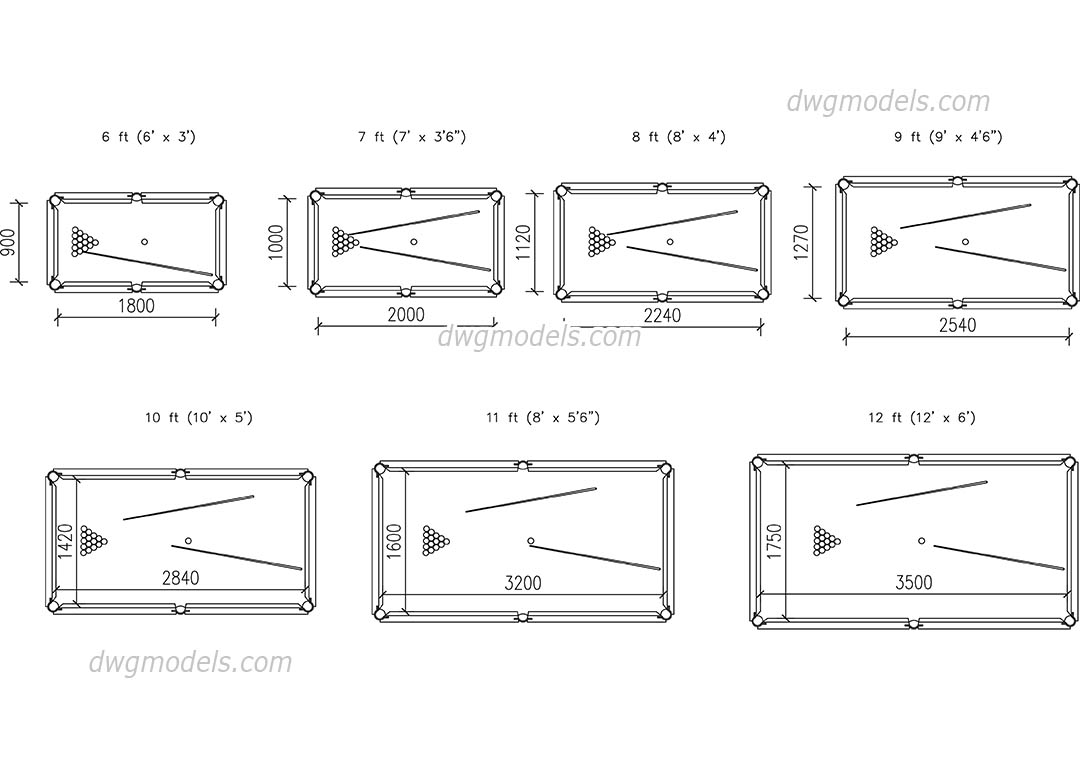
Today, inexpensive but not very rigid or durable materials used for the beds of low-end tables (e.g. The early table beds were made of cloth-covered wooden boards. Tables for the home market usually use slate beds as well, but the slate is often thinner, down to about + 1⁄ 2 inch (13 mm). When several pieces of slate are joined poorly it is possible for the resin to deform and cause an uneven playing surface it can also be difficult to move once joined. The gap between slates is filled with a hard-drying putty, epoxy or resin, then sanded to produce a seamless surface, before being covered with the cloth. Small pool tables may use only one or two pieces of slate, while carom, English billiards and tournament-size pool tables use three. The bed table – the cloth-covered, horizontal playing surface – is, on high-quality equipment, made of solid, smooth slabs of slate, most often from Italy, Brazil or China. Snooker tables use an L-shaped profile, such as the L77 profile. K-55 cushions have cloth, usually canvas, vulcanized into the top of the rubber to adjust rebound accuracy and speed. On a carom table, the K-55 profile is used (with a somewhat sharper angle than pool cushions). When installed properly the distance from the nose of the cushion to the covered slate surface is 1 + 7⁄ 16 inches (37 mm) while using a regulation 2 + 1⁄ 4-inch (57 mm) ball set. The standard on American pool tables is the K-66 profile, which as defined by the Billiard Congress of America (BCA) has a base of 1 + 3⁄ 16 inches (30 mm) and a nose height of 1 inch (25 mm). The profile of the rail cushion, which is the cushion's angle in relation to the bed of the table, varies between table types. The purpose of the cushion rubber is to cause the billiard balls to rebound off the rubber while minimizing the loss of kinetic energy.


These cushions are made from an elastic material such as vulcanized rubber (gum or synthetic). There are several different materials and design philosophies associated with cushion rubber.

: 27 Parts and equipment Cushions Ĭushions (also sometimes called "rail cushions", "cushion rubber", or rarely "bumpers") are located on the inner sides of a table's wooden rails. An obsolete term is billiard board, used in the 16th and 17th centuries. : 115, 238 More specific terms are used for specific sports, such as snooker table and pool table, and different-sized billiard balls are used on these table types. In the modern era, all billiards tables (whether for carom billiards, pool, pyramid or snooker) provide a flat surface usually made of quarried slate, that is covered with cloth (usually of a tightly woven worsted wool called baize), and surrounded by vulcanized rubber cushions, with the whole thing elevated above the floor. Brunswick & Bro., Proprietors, Cincinnati, Ohio, 1865 adĪ billiard table or billiards table is a bounded table on which cue sports are played.


 0 kommentar(er)
0 kommentar(er)
